As social media platforms have opened the floodgates for commentary and mainstream media faces hostile audiences, a new controversy has erupted over the nature of political discourse in South Asia. The question at hand is: When does patriotic commentary cross the line into blind nationalism, and who is responsible for that transformation?
A New Reality: “War Hysteria” on Digital Media Platforms
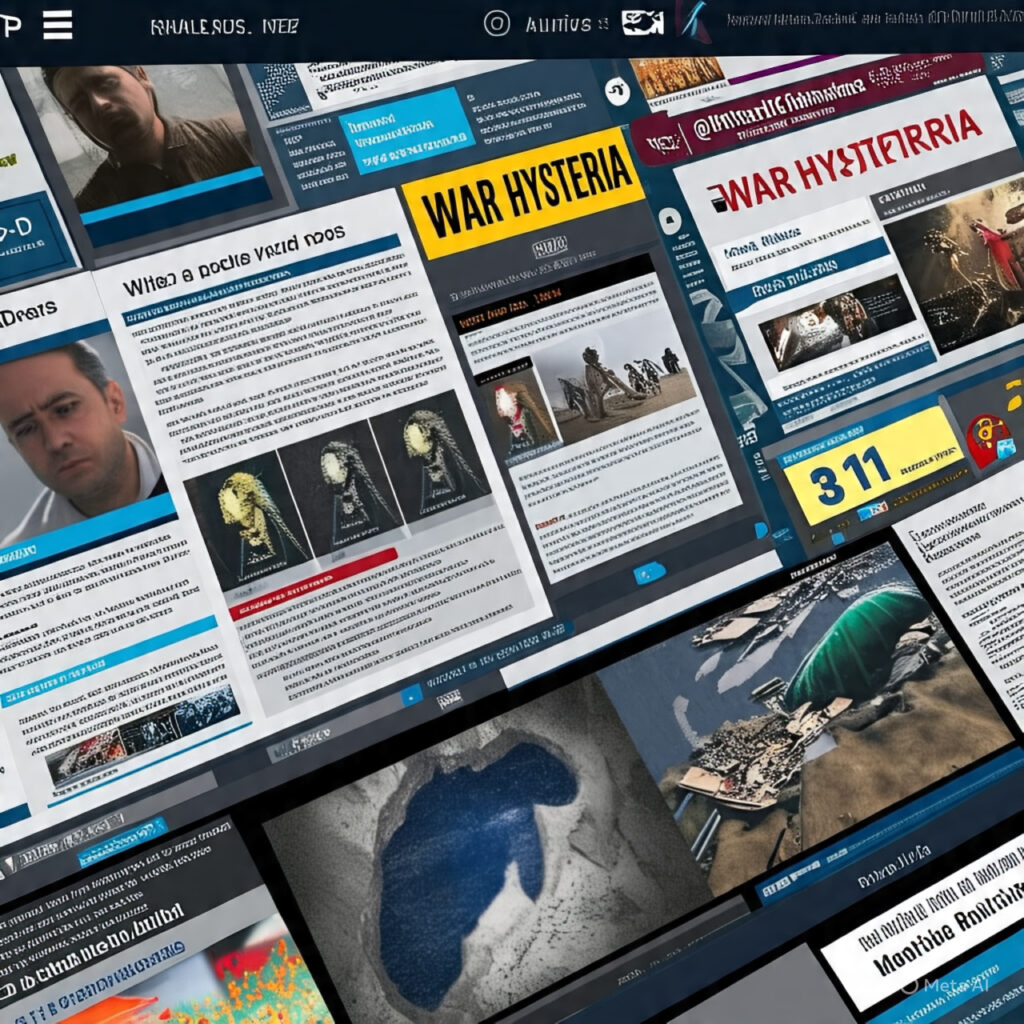
A review of cross-border political commentary reveals a disturbing trend that media scholars refer to as “war hysteria” – a psychological condition in which fear and anxiety, often exacerbated by media coverage, causes individuals to abandon rational commentary in order to engage in emotional nationalism. Commentators have noted that this condition is particularly prevalent when it comes to Indo-Pakistani relations, where territorial disputes and security concerns make sensationalized coverage the status quo.
Research by the Reuters Institute for the Study of Journalism has found that “the media of both countries have been fighting a proxy war that is driving out factual and unbiased coverage of events in the subcontinent. Overly nationalistic posturing” has replaced objective reporting in many instances. Media analysts describe this as when “normal people” become posturing, non-critical supporters of military action as a result of content that causes them to prioritize emotional engagement over factual accuracy. This applies to audiences, but increasingly to content creators and journalists as well, raising questions about the independence and objectivity of contemporary media.
Commentary Analysis: A Double-Edged Sword
Selective Journalism Standards
The stark contrast in commentary and coverage of similar incidents demonstrates how editorial bias can warp public perception. The following analysis of coverage surrounding attacks in Pakistan and Kashmir illustrates this discrepancy.

When coverage of the Jafar Express incident in Pakistan was reviewed, commentators exhibited empathy and provided historical context for the political dynamics of Balochistan and the grievances that drive regional tensions. However, when commenting on subsequent incidents in Kashmir, the same voices exhibited increasingly aggressive tones, calling for immediate military retaliation despite the relative absence of evidence for state involvement.
This illustrates what critics describe as a selective application of journalistic standards, where context and empathy for victims are provided for some, but not others, depending on the nationality and political implications of their suffering.
The Commercialization of Commentary
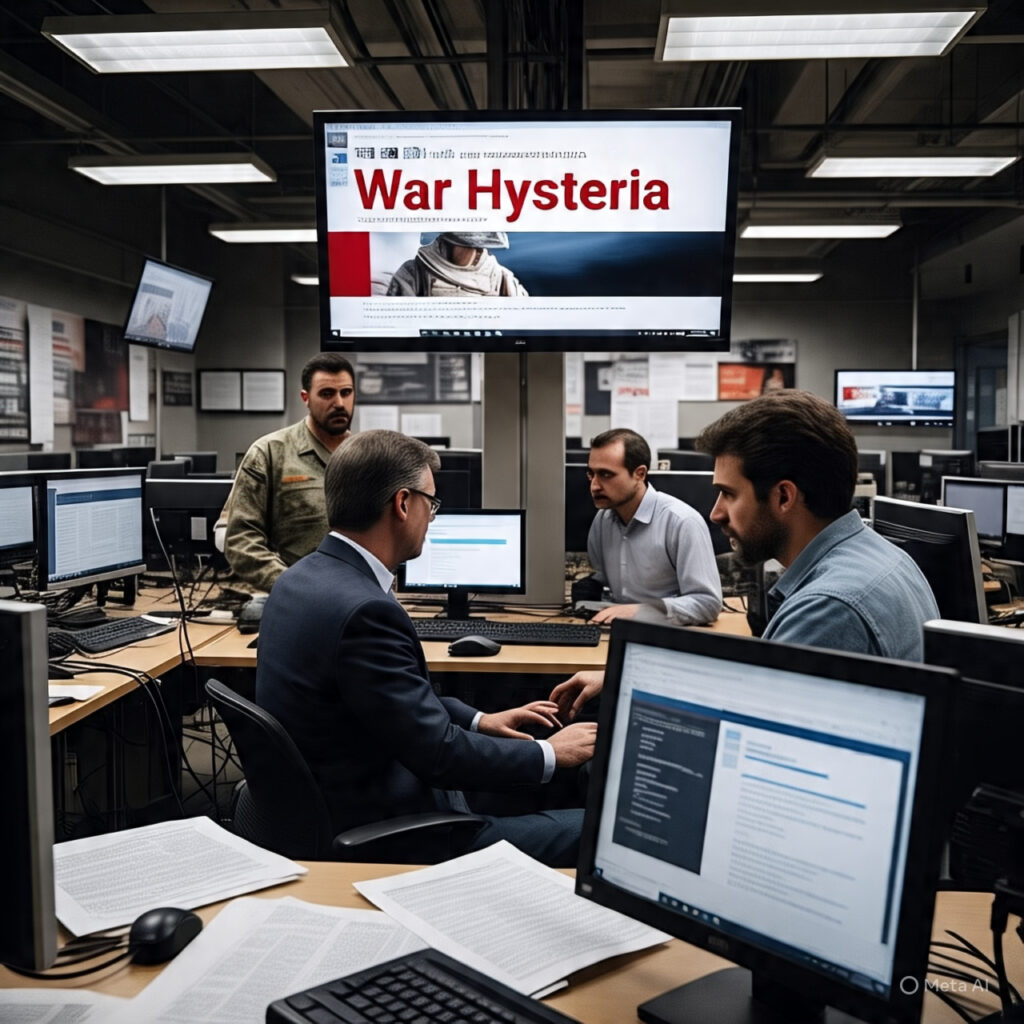
The rise of online commerce has also extended to commentary and news analysis, particularly in instances where commercial interests overlap with political education. Modern digital media exists in an attention economy, where engagement rates often take precedence over editorial quality. As a result, content creators may find that, in addition to inflammatory rhetoric, a particular tone can result in more views, subscribers, and revenue. The commercialization of online education has become particularly apparent, where commentary on military conflict seamlessly transitions into advertisements for online courses or merchandise.
The Challenge of Verification

The preceding analysis provides clear evidence for the use of propaganda and the challenge of verification. As demonstrated, when faced with a barrage of conflicting commentary, evidence is often difficult to distinguish from propaganda, and the challenge of verification lies in the hands of a handful of individuals. The responsibility now falls on the same individuals who provide commentary to ensure that their narratives are based on evidence and to verify the authenticity of information.
The Decline of Evidence-Based Reporting
The most often-cited worry from media critics is the apparent decline in the amount of evidence-based reporting. When quick turn-around times for breaking news cycles put pressure on reporters, the verification process that gives traditional journalism its legitimacy is often relegated to a secondary concern in favour of speed and sensationalism.
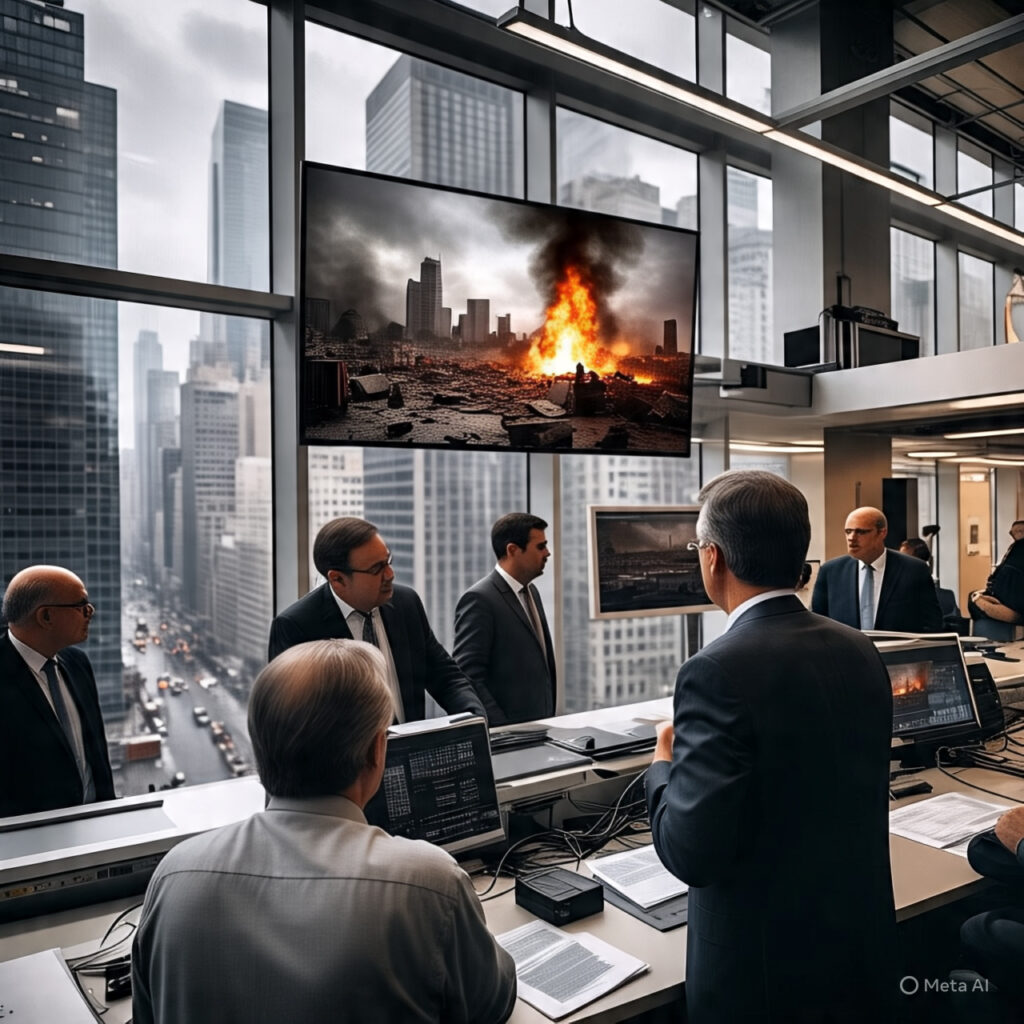
One recent study published in The Eurasia Review stated that “journalism that strives to present facts without bias or influence is ‘the bedrock of a democratic society’ but that ‘value-neutral journalism has had a tough time surviving in South Asia, owing to the region’s convoluted modern history, diverse cultural heritage and complex power dynamics.”
The apparent justification for this line is that military and government officials’ words need only be taken at face value, without the need for independent verification or consideration of the inherent biases that come with speaking for any state on security matters. This is a major departure from the scepticism that professional journalists have traditionally reserved for those same official sources.
The difficulty in verifying claims about covert operations, cross-border movements and intelligence matters – which by their nature cannot be independently confirmed – provide openings for misinformation and selective reporting of facts to flourish.
The Death of Liberal vs. Conservative Media
Convergence of Editorial Positions
Perhaps the most troubling aspect of South Asian media to a watching observer is the apparent convergence of editorial positions that used to be held by commentators who often took the role of critic with regard to government policy. Language and arguments used by these same commentators increasingly align with those of official sources, especially with regard to national security matters.
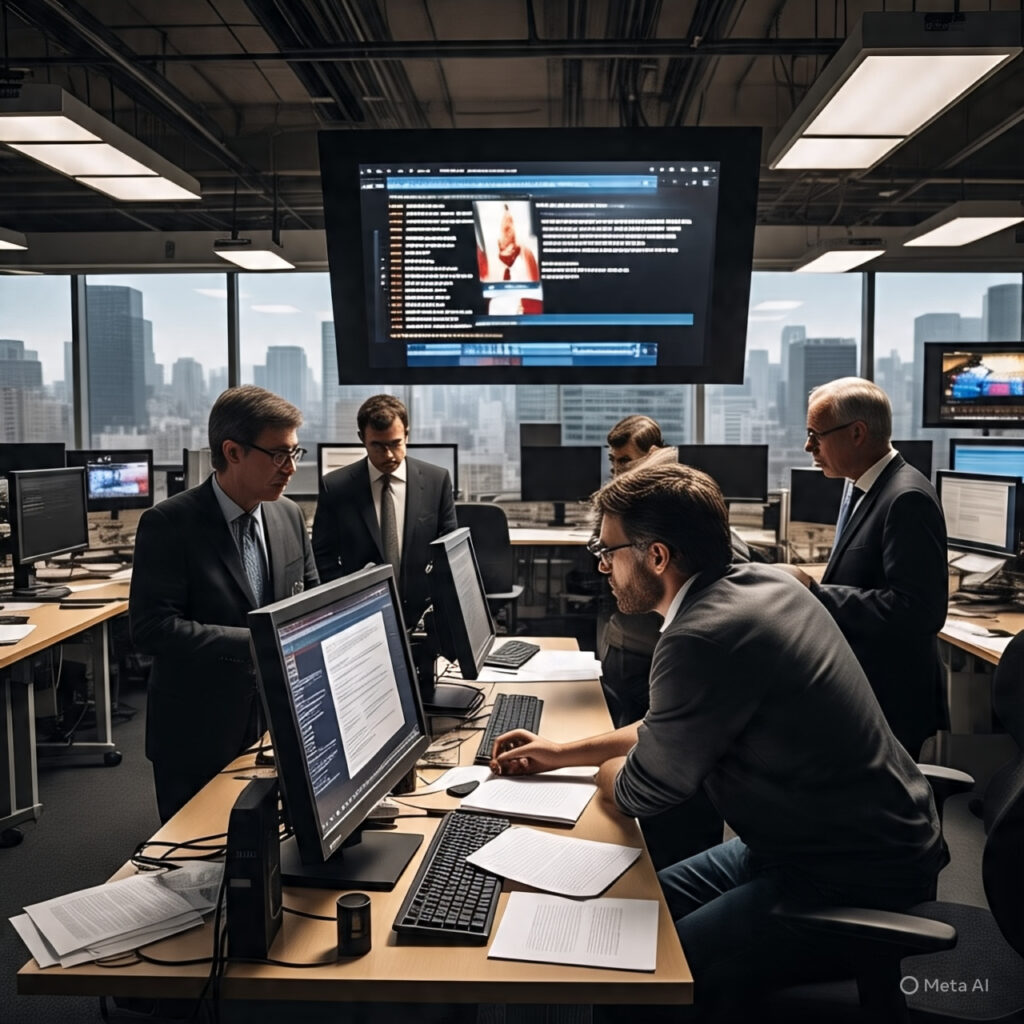
This is troubling because it suggests that the use of liberal versus conservative political labels – and the implications of support for or opposition to the government – may be inadequate for explaining how nationalism and security concerns increasingly shape discourse in South Asian media. The result is a narrowing of opinion where it is increasingly hard to dissent from the mainstream narrative.
The Need for Balanced Perspective
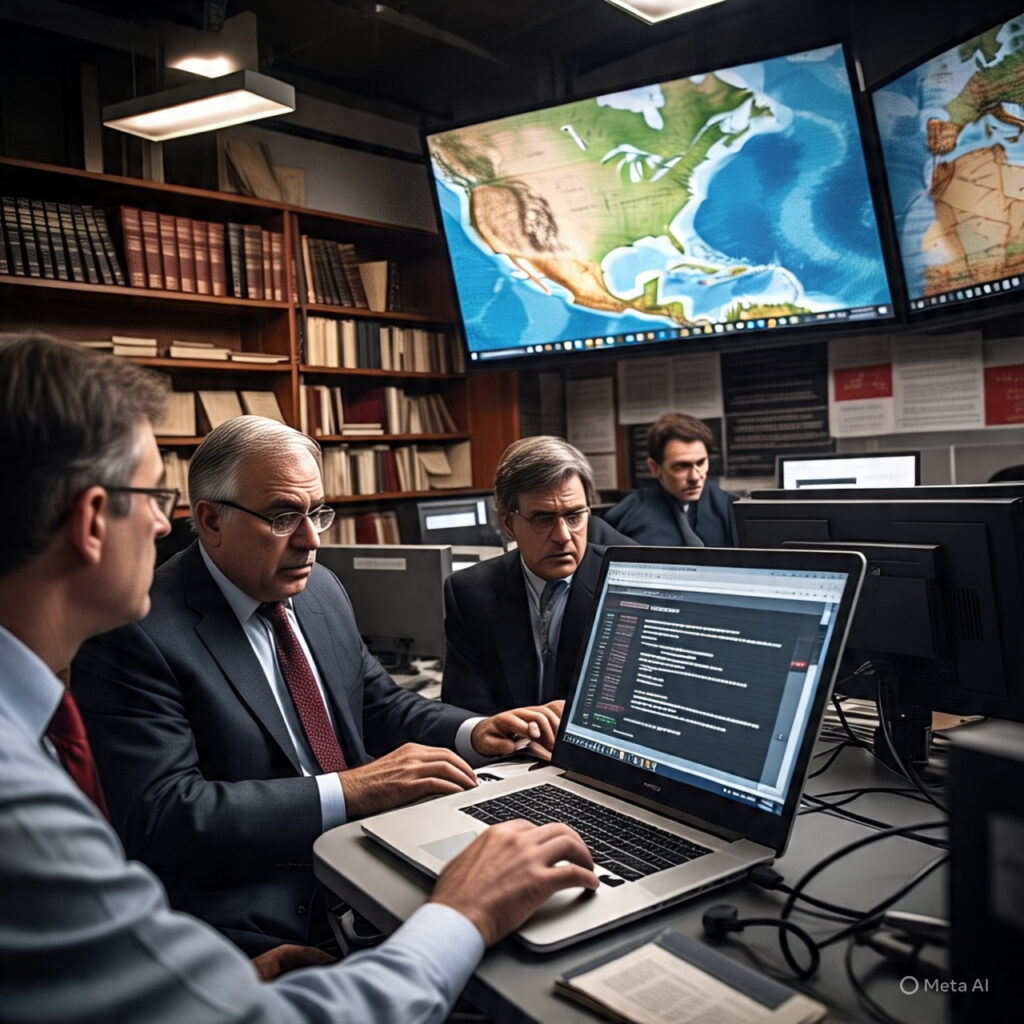
As serious students of South Asian politics, we must acknowledge that all four regional powers have clean sheets when it comes to their histories of supporting various non-state actors, intelligence sharing and operations, and interventions in neighboring countries. India, Pakistan, Bangladesh, and Sri Lanka have all, at different times and in different ways, backed groups that their neighbors deemed a threat to regional stability.
As a result, simple good-versus-evil stories are inadequate for understanding how regional powers operate. Professional journalism must acknowledge this, rather than taking the perspective of any single state actor.
The Nuclear Factor and Media Responsibility
When two regional powers that possess nuclear weapons face tensions, inflammatory rhetoric and calls for military force are not merely words. The consequences of such actions extend well beyond normal political discourse.

Commentators and media professionals bear particular responsibility for their coverage because their reporting can influence public opinion and, by extension, force policymakers in ways that narrow the space for dissenting voices.
Intimidation and miscalculation driven by public opinion pressure is not just a professional failing – it is a danger to global security.
The Climate of Fear and Self-Censorship
Pressures on Media Freedom

The current media climate incentivizes strong pressures towards self-censorship. Those who express opinions risk backlash from internet mobs, legal action from the government, and loss of viewership and revenue for taking unpopularity stances. This form of intimidation finds its way into editorial decisions, whether it is apparent to casual observers or not.
As reported by the Pakistan Press Foundation’s 2024 report, there has been a “further degradation of media safety and freedom of expression” in the region, with “reported patterns of violence against journalists – targeted killings, abductions, arrest, physical assaults, intimidation, and legal harassment.” In Pakistan, the Foundation reported “at least 162 attacks on journalists and media” in 2024.
Regional Context of Media Suppression

Such conditions also exist throughout the rest of the region, as a panel at Yale University’s discussion on “Authoritarianism, Populism and Nationalism: The Condition of Journalism in Contemporary India” recognized in its exploration of how journalists work in an environment where “new technologies, laws, and changes in the business environment” influence traditional media outlets.
Professional journalists put their lives and careers on the line by presenting truths that are often at odds with the popular line – and they do so even when it’s to their detriment. How fear impacts contemporary media discourse is one of the greatest challenges of democratic society in the region.
Towards More Responsible Commentary
The question for media professionals of today is not that do they love their country, but do they love their country enough to tell the truth about their country – and about themselves.
References
- Bose, Dwaipayan. “Journalism Caught in Narrow Nationalism: The India-Pakistan Media War.” Reuters Institute for the Study of Journalism, Oxford University.
- “Authoritarianism, Populism and Nationalism: Journalism in Contemporary India.” Yale University South Asian Studies Council, October 2024.
- “Pakistan media experienced surge in violence, suppression in 2024.” Voice of America, December 18, 2024.
- “Journalism Ethics: Evidence from Media Industry of Pakistan.” ResearchGate, December 2014.
- “The Fog of War in India and Pakistan.” Columbia Journalism Review, 2024.
- “‘Let’s Draw a Line between Dos and Don’ts’: Pakistani Journalists’ Views about the Ethics of Conflict-Sensitive Reporting.” MDPI Journalism and Media, 2023.
- “From Deshbhakt to Andhbhakt | Responding to Akash Banerjee – Godi media exposed #TPE.” Video analysis and commentary on Indo-Pakistani media coverage and political discourse, 2025.
- International Committee of the Red Cross. “Guidelines for Journalists Covering Armed Conflict.” Professional standards for conflict reporting.
- Committee to Protect Journalists. “South Asia Press Freedom Reports 2024.” Annual report on media safety and freedom.
- Pew Research Center. “Media Trust and News Consumption in South Asia.” Survey on public opinion about news sources in South Asia, 2024.
- Freedom House. “Freedom of the Press 2024: South Asia Regional Analysis.” Annual report on press freedom in the region.
- Asia-Pacific Broadcasting Union. “Media Ethics Guidelines for Cross-Border Reporting.” Professional standards for journalism in the region.



